EASA Type Ratings For Helicopter Pilots
(Updated on 28th March 2021)
Why Get a Type Rating?
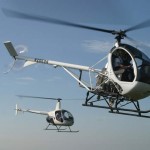 So you have a PPL(H) and you want to try something different. For most pilots, getting another type on their license is one of the first things they will do. Having probably completed their training on a two seat helicopter, they now want to carry more passengers and luggage. Larger helicopters will probably have a faster cruise speed and so traveling time is reduced. But what is involved in getting a type rating?
So you have a PPL(H) and you want to try something different. For most pilots, getting another type on their license is one of the first things they will do. Having probably completed their training on a two seat helicopter, they now want to carry more passengers and luggage. Larger helicopters will probably have a faster cruise speed and so traveling time is reduced. But what is involved in getting a type rating?
If you are getting your first Robinson R22 or Robinson R44 type rating, then you will have to do a minimum of 5 hours flying during your type rating course. Assuming you already hold a type rating on another type of helicopter then you will still need to do a minimum of 5 hours flying on your type rating course unless it is of a similar type.
Your first piston engine type rating will require you to fly a minimum of 5 hours during the course. If your type rating has expired by 3 years (or longer) and you need to renew it, the amount of training will depend on your experience, how long the rating has lapsed and your aptitude.
If a type rating has lapsed, the pilot shall take refresher training at an Approved Training Organisation (ATO). The amount of refresher training needed will be determined on a case-by-case basis by the ATO, taking into account the following factors:
- The experience of the applicant. To determine this, the Head of Training will examine the pilot’s logbook.
- The complexity of the aircraft.
- The amount of time lapsed since the expiry of the validity period of the rating.
The amount of training needed to reach the desired level of proficiency will increase with the time lapsed. In some cases, after evaluating the pilot, and when the time lapsed is very limited (less than 3 months), the training organisation may even determine that no further refresher training is necessary. When determining the needs of the pilot, the following items can be taken into consideration:
- Expiry shorter than 3 months: No supplementary requirements.
- Expiry longer than 3 months but shorter than 1 year: A minimum of 2 training sessions.
- Expiry longer than 1 year but shorter than 3 years: A minimum of 3 training sessions in which the most important malfunctions in the available systems are covered.
- Expiry longer than 3 years: The pilot should again undergo the training required for the initial issue of the rating or for the training required for the ‘additional type issue’, according to other valid ratings held.
Once the training organisation has determined the needs of the pilot, it will develop an individual training programme that will be based on the initial training for the issue of the rating and focus on the aspects where the pilot has shown the greatest needs.
Approved Training Organizations (ATO)
All training for type ratings must be undertaken at a training school approved for type rating training. These schools are called Approved Training Organisations (ATO).
You can check with your country’s Authority to find out which training organisations can do the specific type rating courses.
How Long?
If you are doing a type rating course that only requires 5 hours of flying, you can expect to spend the first day in the classroom and learning all about the systems of the helicopter. This will normally end with a technical written examination on the specific helicopter type.
The following two days will normally be spent doing the flying part of the course. The flying does not have to be done right away. You can do this at your convenience but if you have the time and the money, I would advise doing it all together.
When your flying training is complete, your instructor will sign a course completion certificate and an application can be made for you to be tested by an examiner.
The Flight Test
The flight test will normally take between 45 minutes and 1 hour. It is a test of your general handling. There is no navigation as such but you will be required to fly away from the airfield and return to it and do all the radiotelephony. The flight test tolerances are the same as the PPL skills test. You will have to demonstrate proficiency in all of the general handling manoeuvres and complete some simulated IFR manoeuvres.
Make sure you know the emergency procedures off by heart as you will definitely be asked most (if not all) of them.
Revalidation
To keep your rating current, you must do a License Proficiency Check (LPC) each year. This can be completed up to 90 days before it is due to expire and if you pass it, it will be valid for another year after it is due to expire. You must have completed at least 2 hours flying (dual or solo) in the previous 12 months before doing the LPC.
If the rating has expired then you will have to renew the rating (see above).
Did you enjoy this post? Why not leave a comment below and continue the conversation, or subscribe to my feed and get articles like this delivered automatically to your feed reader.

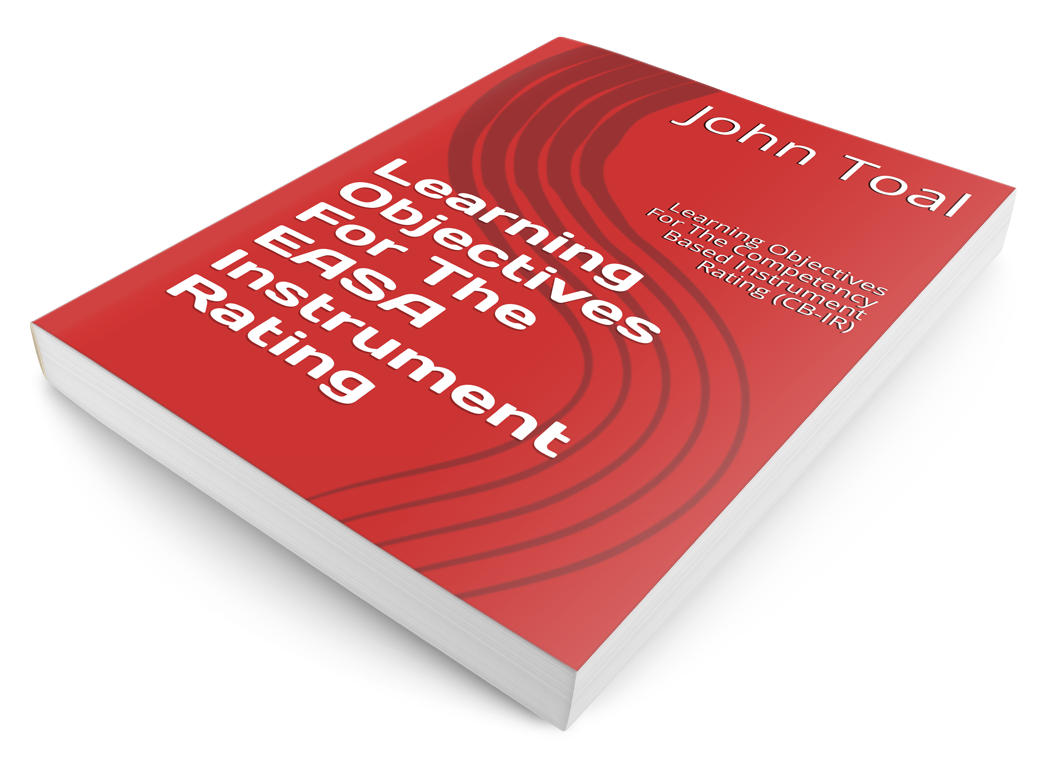
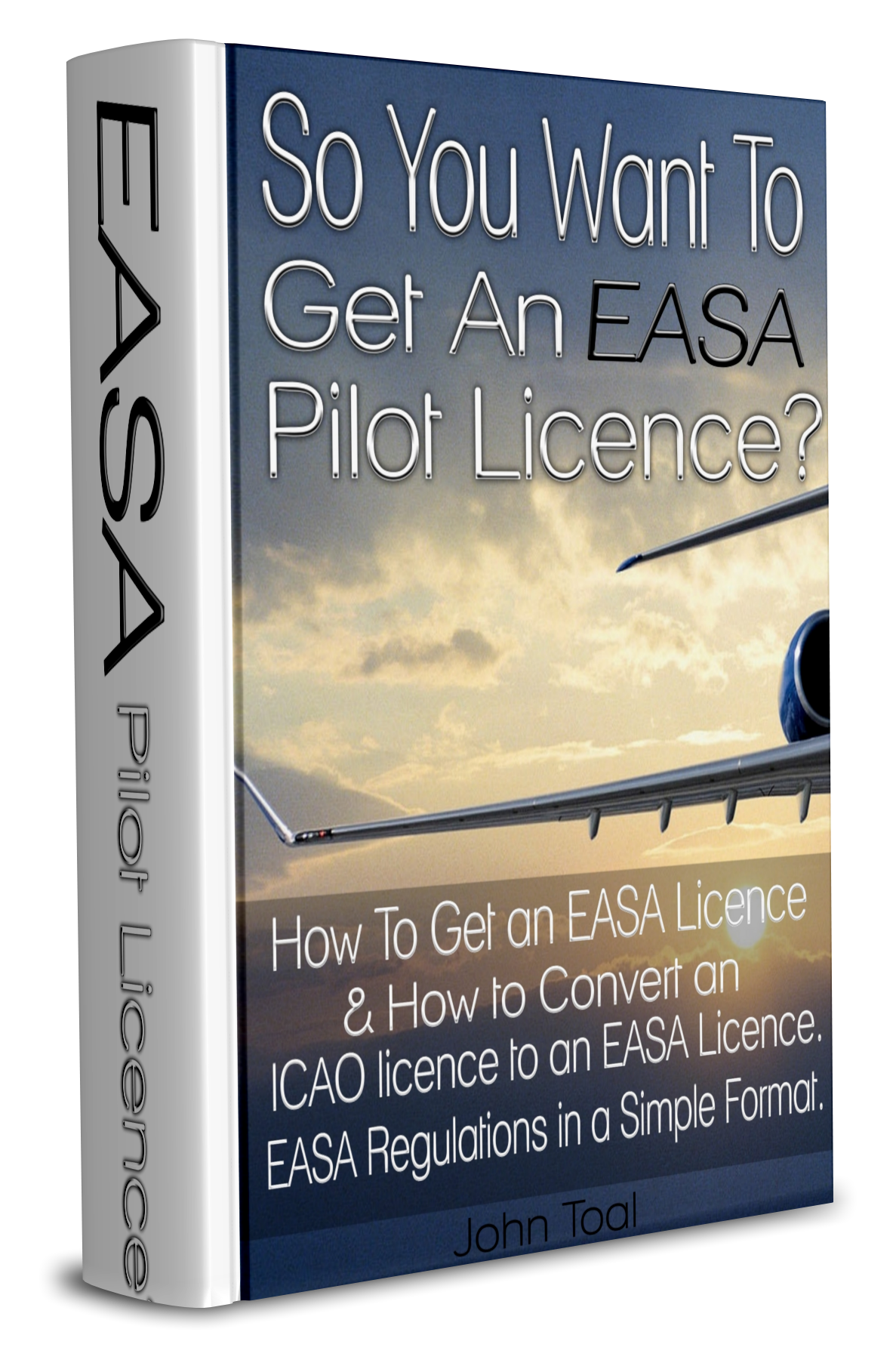
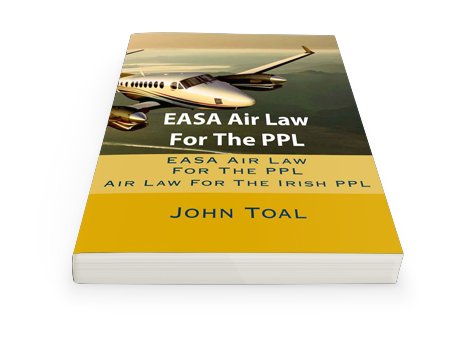
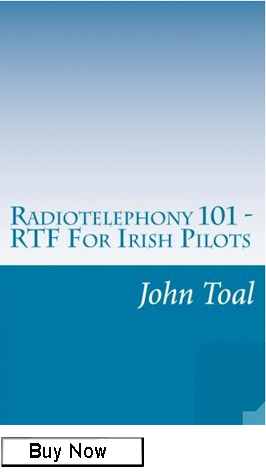
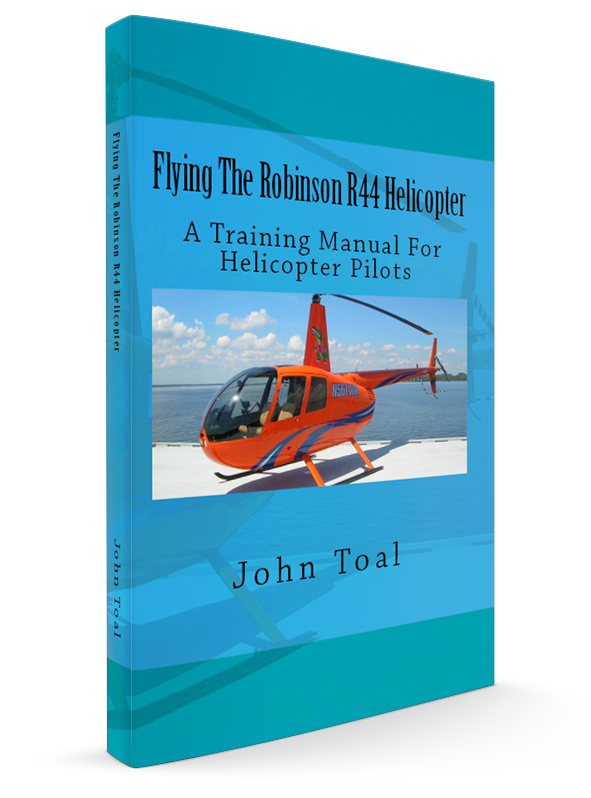


I really liked your article. You should write more about that topic.